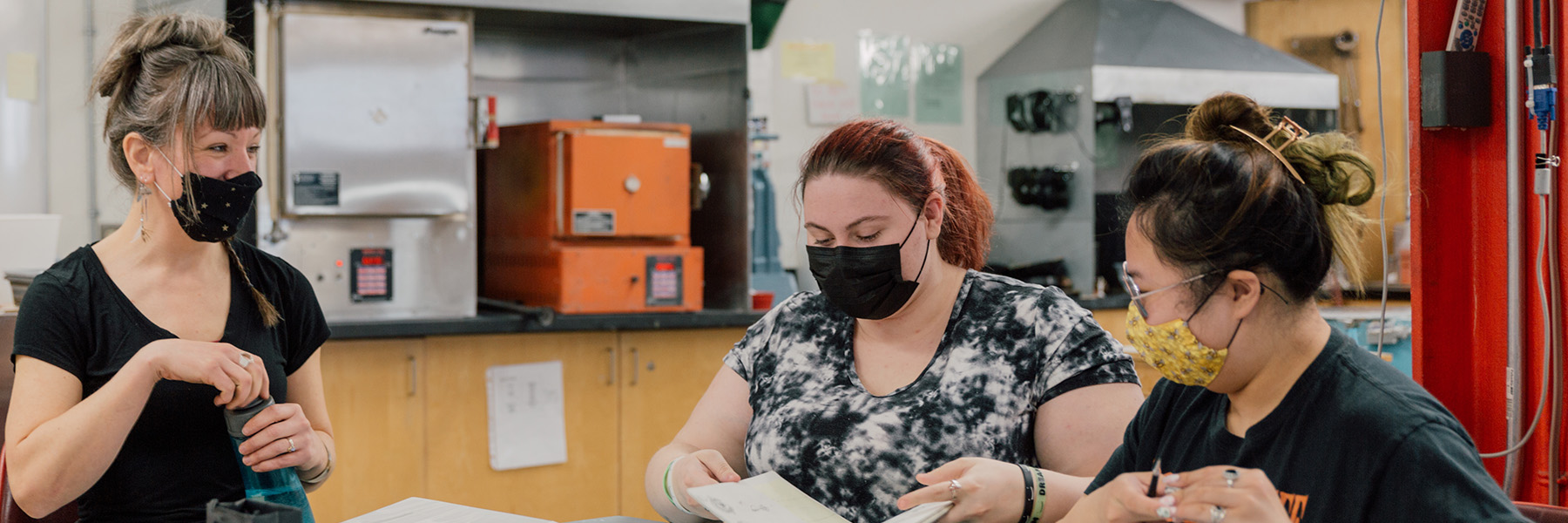Below is a snapshot of UDL’s guiding principles developed by CAST.
- Provide multiple means of representation.
It is important to provide course content in different formats as learners differ in the way they comprehend information. For example, giving a live demonstration on how to use photoshop PLUS providing a written handout with images on how to use photoshop taps into the different ways that students learn.
- Provide multiple means of action and expression.
It is important to provide different ways in which students can demonstrate what they are learning as learners differ in the way they can express what they know. For example, if students need to demonstrate knowledge about a designer, give them the choice of a live presentation OR a video OR an essay. This taps into the different ways that students are best able to express what they know.
- Provide multiple means of engagement.
It is important to provide different ways to stimulate interest and motivation in learning as learners differ in the ways they are engaged and motivated to learn. For example, allow students the opportunity to work in pairs, groups, or individually. Engagement is also about respecting the diversity in our classroom such as providing diverse perspectives (for example, teaching art history from multiple perspectives) and showcasing diverse designers in your course (for example, designers that identify as BIPOC, LGBTQ2S+, or as having disabilities).
CAST (2018). About Universal Design for Learning. Retrieved from https://www.cast.org/impact/universal-design-for-learning-udl
